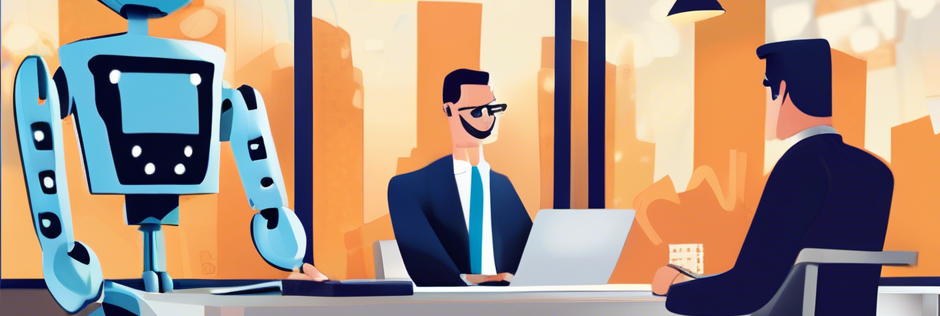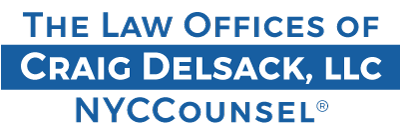Legal Implications of Gen IA on Your Business

The use of generative artificial intelligence (Gen AI) is increasing daily. While the idea of large language model (LLM) behind Gen AI isn’t new, the way we use Gen AI and the extent to which it is utilized change every day. There is an evolving legal framework for Gen AI and intellectual property (IP). The following are the key intellectual property considerations of Gen AI, along with the laws that can affect and protect businesses, creators, and consumers.
Copyright
Under current U.S. copyright law, only works created by human authors are eligible for copyright protection. If the work is entirely generated by AI, with few to no changes made, it generally can’t be copyrighted, as that the work is not the result of human creativity. This means that it would then become public domain.
If the work is created with the help of AI, a human must make substantial creative contributions to make it copyrightable. What is considered “substantial” is yet to be seen. As this is a new area of law, there is still much to be developed legally. As it stands, if a human adequately modifies AI-generated elements or if what was created through AI is separable, those specific portions may be eligible for copyright as a derivative work.
In New York and across the US, copyright protection extends to crative expression affixed to tangible media. This includes ,but is not limited, to works of literature, art, sculpture, architecture, film, television and music. This applies regardless of whether the work has been published or not.
Patents
For a patent application, AI cannot be listed as an inventor. Patent law in the United States requires a human inventor to be named. As with copyrights, if a human plays a large part in an invention’s creation, but AI plays its own role, the amount of each must be assessed.
US Patent and Trademark Office
To aid in the assessment and to protect the innovations made with the help of AI, the USPTO offers inventorship guidance and examples of AI-assisted inventions here published March 5, 2024. To ensure the most updated and valid information is provided, speaking to a Technology, Internet, and IP lawyer is advised.
Trademarks
A trademark is used to distinguish goods and/or services from competitor offerings and protect a brand’s identity. Usually, it is a name, slogan, or symbol (and could be a sound (like the NBC 3-note chime)). If the logo is AI-generated, it can still potentially be trademarked. However, there is a greater risk of trademark infringement as the technology hasn’t been perfected to provide unique options to each user.
To register an AI-generated logo, the logo must be used in connection with the sales of goods and/or services. The logo shouldn’t be confusingly similar to an existing trademark or copyrighted art. This can be a cause of difficulty for some businesses, as it is getting more difficult to be unique.
At this point, AI may mimic existing styles and designs, making the created logo similar, if not identical, to a preexisting logo. This will cause trademark infringement issues. A trademark search should be conducted to ensure there are no similarities. A preliminary search can be done easily here.
Process of Creation
Keeping records of how and when the AI-generated logo was created may help prove it did not conflict with existing logos at the time. For this reason, being as detailed as possible about the inspiration behind the logo and the dates of creation would be beneficial. Attorneys who specialize in intellectual property and trademarks will ensure you are as protected as possible.
AI can be a useful and efficient tool for certain scenarios. However, at this point, it is best to avoid the above issues completely. Understandably, this may not seem realistic considering the world is constantly looking for ways to advance. No one would want to be left behind!
Future of AI and IP
The courts continue to struggle with the various issues arising from AI and what it means for businesses and other intellectual property. It is best to protect yourself and your property as much as possible. Doing so proactively is wise. To receive the most recent legal advice, speak to a Technology, IP & Internet Business Attorney today!
For individuals and large companies alike, protecting your business and intellectual property is crucial for success. Developing policies that regulate the use of AI can be the first step. However, this is new territory for most!
Whether through contracts/clauses with employees and third parties or ensuring the business’s AI and AP practices are up to legal requirements, it’s only smart to get ahead of the situation.
AI and Intellectual Property Guidance
As time progresses, there will be an increasing number of guidelines and laws for using AI. Especially, as its application possibilities grow. From negotiating IP licenses, joint development agreements, and other agreements, it is necessary to understand how various intellectual property rights impact your business.
This post is for informational purposes only. If you have any questions or need legal advice, call Craig Delsack, a New York Technology Lawyer and Business Lawyer! Call 212-688-8944 for a no-fee, no-obligation initial telephone consultation, or complete the form on this page.

